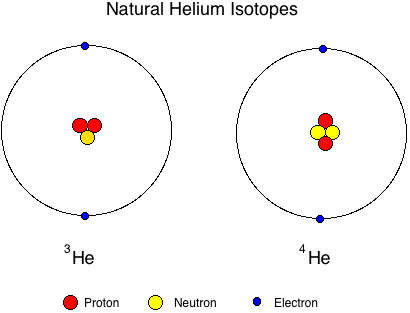by Edward Hessler
On the volcanic highlands of Santiago Island, an island in the Cape Verde group are found huge rocks of basalt and limestone which originated from the cliff faces below.
The Cape Verde Megatsunami
.png) |
| By User:SirGorg original (PD), English text User:FT2 (also PD) [Public domain], via Wikimedia Commons |
Research published in mega-tsunami approximately 244 meters high (~800') that propelled these boulders to where they are found today.
This occurred some 73,000 years ago when a flank on the island of Fogo, an island about 55 km (~35 miles) from Santiago collapsed into the sea. The dating technique was new to me and a good explanation may be found here: helium-3 cosmogenic nuclide dating.
Helium-3 Cosmogenic Nuclide Dating
 |
| By Uwe W. (Own work) [Public domain], via Wikimedia Commons |
The measurement corroborated previous geological work--fine-tuned it, shifting it from rock age to deposition time.
The section of the paper on helium-3 chronology begins innocently enough as one would expect. I was in familiar territory but not for long. "We collected samples from the top surface of selected megaclasts using hammer and chisel...."
The paper includes pictures, diagrams and maps.
And for some perspective on this long ago event, the 2011 tsunami in Japan reached run-up heights of up to 39 meters (~128' and reached inland as far as 10 km (6 miles)). You may recall some of the worldwide/earth effects which are listed as "amazing facts" (and they are that) here. The earth, no doubt, shuddered way back then.
Global Warming & a Future Deluge?
 |
| Katsushika Hokusai (葛飾北斎) [Public domain], via Wikimedia Commons |
That deluge could be one of quite a different sort than the mega-tsunami that struck Santiago Island so long ago. It will have world-wide effects we can both imagine and not imagine.

No comments:
Post a Comment